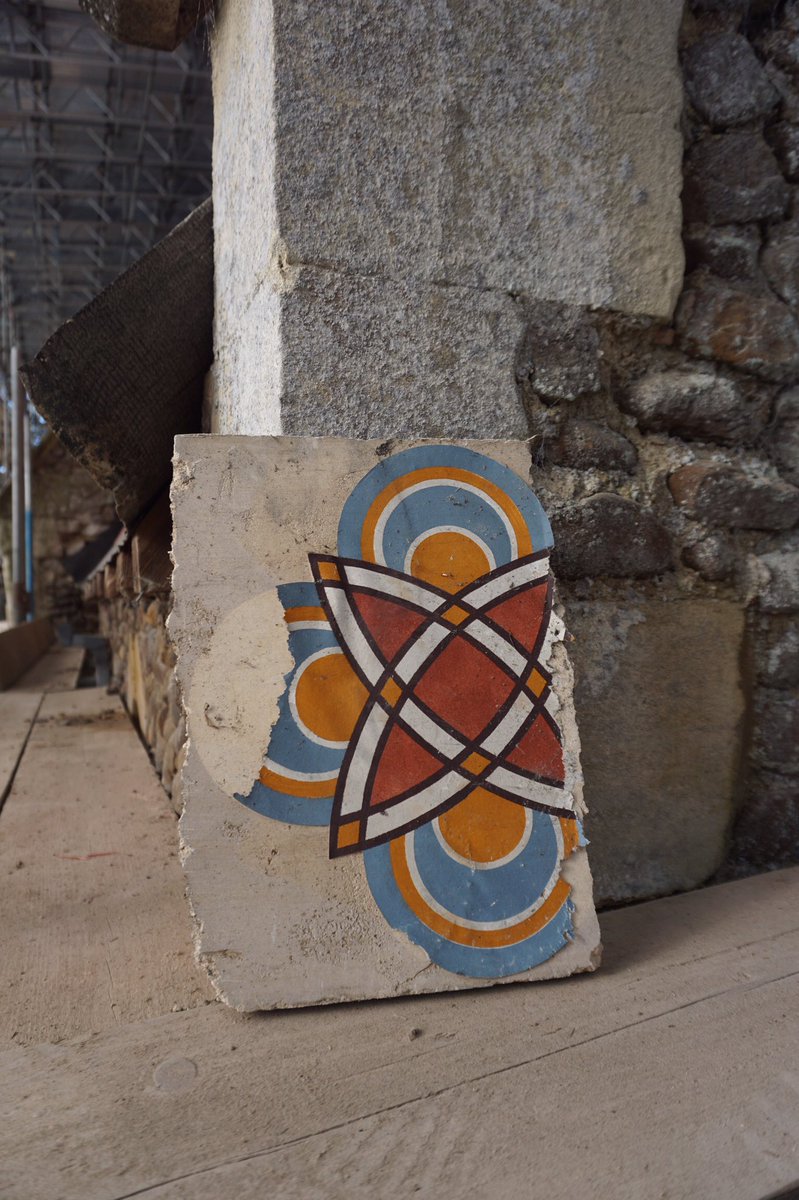
This diminutive figure in a cloak and cap is Mary Flint, the 'female parish clerk of Caldecote'. She performed the role diligently for 18 years until her death in 1838, aged 82.
As a woman parish clerk in the 19th century, Mary was rare, but not unique.
#thread
As a woman parish clerk in the 19th century, Mary was rare, but not unique.
#thread

Several other women broke with convention and dared to perform the essential duties of traditionally male parochial offices.
Some of them continued the work of their late husbands, but in one parish in Norfolk, there were simply no literate men available to do the job!
Some of them continued the work of their late husbands, but in one parish in Norfolk, there were simply no literate men available to do the job!

We’ve been delving into historic newspapers and found that reactions to women parish clerks and churchwardens ranged from admiration and respect, to disapproval, condescension and ridicule. 

They included Ann Canon of Pitchcott — who was paid less for the job than a man was paid to say "Amen".
And Ann Edwards of Llanvihangel-juxta-Usk — who was laughed at in the House of Commons for stating that she was the parish clerk.
And Ann Edwards of Llanvihangel-juxta-Usk — who was laughed at in the House of Commons for stating that she was the parish clerk.

Find out more about women who took up their quills as parish clerks and churchwardens in our new blog for #WomensHistoryMonth:
friendsoffriendlesschurches.org.uk/story/a-female…
friendsoffriendlesschurches.org.uk/story/a-female…
• • •
Missing some Tweet in this thread? You can try to
force a refresh





















